Context
In a previous design history post, we explained that there were 2 ways the School Places Analysis (SPA) team created projects in the legacy system:
- Creating a single 'presumption route' project. These projects are managed by the local authority where a free school is needed.
- Uploading multiple 'central route' free school projects. These projects come in 'waves' via GOV.UK, and are managed by the Department of Education across regions in England.
We had previously built and iterated the single 'presumption route' journey.
We were going to build the 'uploading multiple projects' journey. However, we were told by our subject matter experts (SMEs) and service owner that there will be no more 'waves' under the new Labour government. As such, an uploading journey would not be useful.
We had a hypothesis that Department for Education will still centrally manage new free school projects, even if they do not come in waves.
Our SMEs confirmed this hypothesis, so we knew we needed to design something to meet this need.
Creating a design
We designed a 'what project do you want to create?' page, with radio buttons for the presumption or central route project.
When the SPA team select presumption and then the 'Continue' button, users follow the journey we created for presumption projects.


When the SPA team select 'central' and then the 'Continue' button, they need to record 2 additional pieces of information for central route projects: the application number and the application wave.
The SPA team receive this information from a central policy team in Regions Group. An example application number is SPW3-075 and an example wave is 2022 SEND Free School Wave.



As these are small pieces of information, we felt a text input would be enough for the SPA team to enter them. We decided to put the information on separate pages, taking a 'one thing per page' approach.
In terms of validation, we show an error summary and message if the text inputs values are left blank. We also show one if the application number is more than 10 characters, as advised by the SPA team.
Once the teams enter the application number and wave, we then show all the questions in the presumption journey - as they apply to central projects as well.

User research
We will test the project creation journey with the SPA team in user research.

